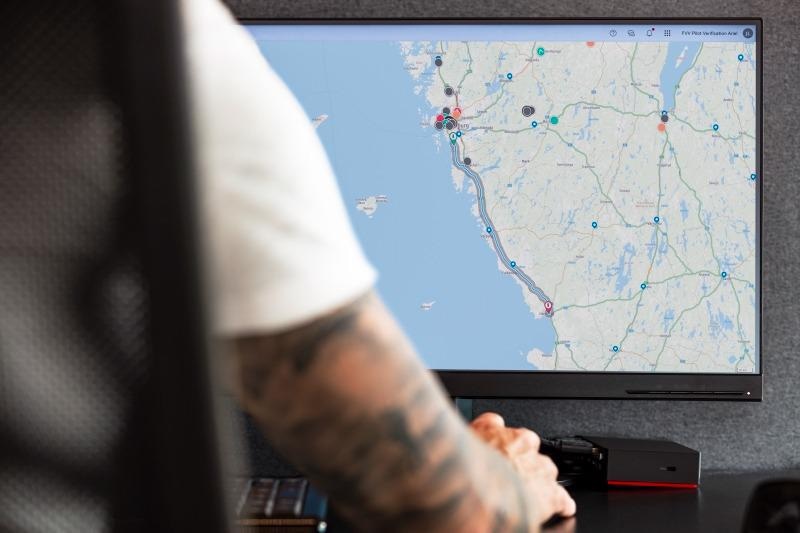Range anxiety with electric commercial vehicles seems to be a real scenario, especially considering that running out of battery can pose serious impacts. At the Chalmers University of Technology, Sweden, scientists have come up with tools to enable electric delivery vehicles to navigate tactically such that as little energy as possible is used.
 Route planning. Image Credit: Chalmers University of Technology.
Route planning. Image Credit: Chalmers University of Technology.
The key to achieving this is to look beyond only the distance traveled and rather concentrate on the total usage of energy. This has resulted in energy savings of up to 20%.
We have developed systematic tools to learn optimal energy usage. Additionally, we can ensure that electric vehicles are not running out of battery or charging unnecessarily in complex traffic networks.
Balázs Kulcsár, Professor, Department of Electrical Engineering, Chalmers University of Technology
The study is the latest outcome of a collaborative project between Chalmers and Volvo Group that analyzes how electric vehicles could be utilized for distribution tasks. The new algorithm developed for learning and planning the ideal path of electric vehicles is considered to be highly efficient. Hence, Volvo Group has already started using the algorithm.
Shortest Distance Not Always the Least Energy
As part of the study, the team examined how a fleet of electric trucks can perform delivery goods despite a crowded and complicated traffic network. The challenge lies in how delivery vehicles that carry household goods, like furniture or groceries to different addresses, plan their routes optimally. Planning the optimal order to deliver to customers will allow the vehicles to be driven for as long as possible without requiring any interruption to recharge.
Generally, route planning for electric vehicles involves an assumption that the lowest mileage is also the most efficient one. Thus, the planning tends to focus on prioritizing the shortest route. Balázs Kulcsár and his collaborators concentrated rather on full battery usage as the main goal. They looked for routes with the lowest possible energy consumption.
In real traffic situations a longer distance journey may require less energy than a shorter one, once all the other parameters that affect energy consumption have been accounted for.
Balázs Kulcsár, Professor, Department of Electrical Engineering, Chalmers University of Technology
A Significant Reduction in Energy Consumption
The scientists modeled the energy usage of distribution trucks in a city by considering several aspects: load, speed, how hilly various routes were, traffic information and possible charging points. Then, the energy use model was entered into a mathematical formula, leading to an algorithm for evaluating a route that enables the vehicles to deliver the goods using as little energy as possible.
Also, if charging is to be done on the road, the vehicle can save time by taking the most energy-efficient route to a quick charging point. By considering additional factors such as these, the new technique enabled the vehicles to decrease their energy consumption by about 5%–20%.
Since electric delivery vehicles tend to function in complex real-world conditions, there can be unpredicted complications that are hard to consider even if the algorithm is precise from the start. Thus, energy use predictions will be additionally improved via machine learning, where data is gathered from the vehicles being sent back to the tool for additional input and analysis.
Taken together, this will allow us to adapt route-planning to uncertain and changing conditions, minimizing energy consumption and ensuring successful urban distribution.
Balázs Kulcsár, Professor, Department of Electrical Engineering, Chalmers University of Technology
Journal Reference:
Basso, R., et al. (2021) Dynamic stochastic electric vehicle routing with safe reinforcement learning. Transportation Research Part E: Logistics and Transportation Review. doi.org/10.1016/j.tre.2021.102496.